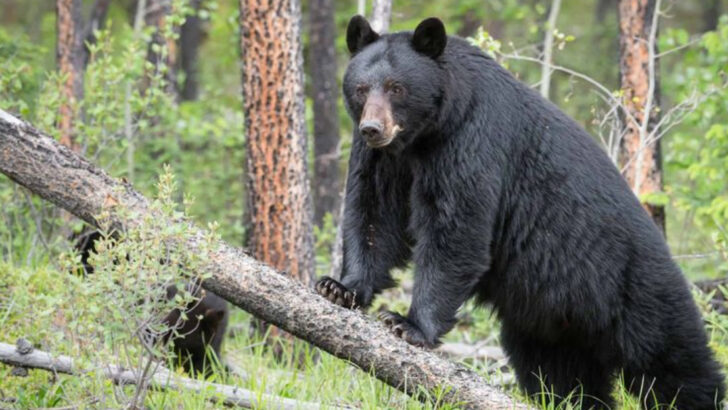Black bears are not just surviving in America’s wild spaces—some are thriving like woodland royalty.
In certain U.S. national forests, these powerful, curious creatures are making a bold comeback. And they’re not hiding in shadows. They’re climbing trees, raiding berry bushes, teaching their cubs, and roaming trails that hikers thought they had to themselves.
These forests have become bear strongholds. Quiet battlegrounds where nature is reclaiming its rhythm.
But don’t panic—just be prepared.
Meeting a black bear on a trail isn’t a horror movie moment. It’s a real possibility. And knowing how to respond can mean the difference between a thrilling story and a dangerous mistake.
Let’s explore where black bears are booming—and what you absolutely need to know if you find yourself face-to-face with one.
Great Smoky Mountains National Park, Tennessee
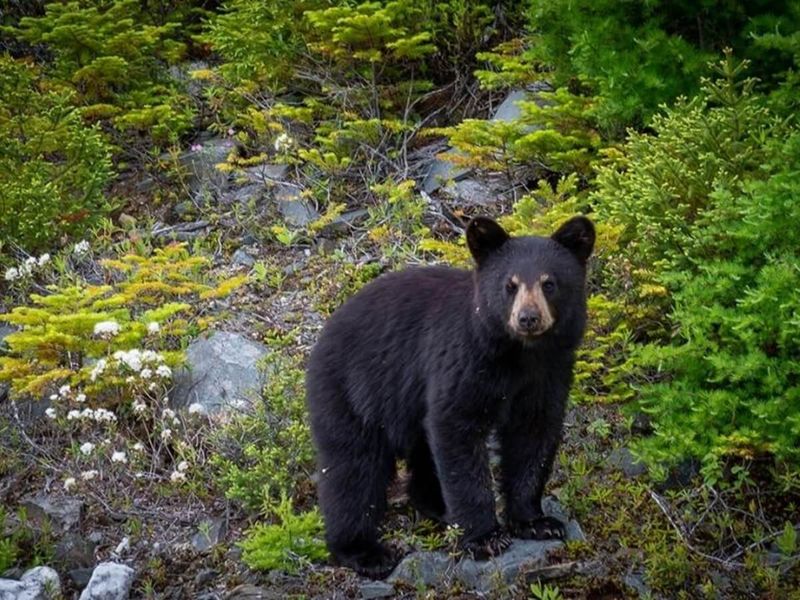
Nestled in the heart of Appalachia, Great Smoky Mountains National Park is a black bear haven. With over 1,500 bears roaming its wooded glades, it’s a sight not to be missed. The park’s misty mornings provide a mystical backdrop for bear sightings.
As you hike along its trails, keep your eyes peeled for these elusive creatures. Did you know? Black bears in this park are smaller than their western cousins, adapting perfectly to their environment.
If you encounter one, stay calm and slowly back away. Ensure a safe distance and never feed the bears to maintain their wild instincts.
Chattahoochee-Oconee National Forest, Georgia
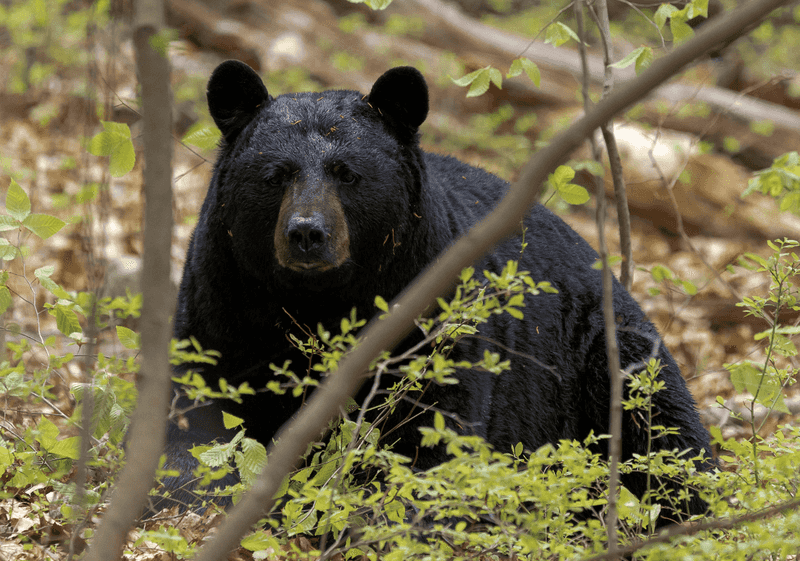
Amidst the rolling hills of Georgia lies the Chattahoochee-Oconee National Forest, home to a thriving black bear population. These adaptable bears navigate through the patchwork of deciduous forests and lush undergrowth.
Autumn is a particularly wonderful time to visit, as the bears prepare for hibernation by feasting on the forest’s bounty. Did you know that black bears can climb trees with astonishing speed?
When encountering a bear here, make your presence known by speaking loudly and waving your arms to appear larger. Retreat slowly without turning your back on the bear.
Pisgah National Forest, North Carolina

Pisgah National Forest, with its sweeping mountain vistas, is a sanctuary for black bears. These intelligent animals often forage near rivers and streams, offering visitors a chance to see them in their natural habitat.
Springtime brings new life to the forest, as mother bears and their playful cubs emerge. Interesting fact: The bears’ thick fur is water-resistant, allowing them to swim with ease.
Should you cross paths with a bear, never run. Instead, speak calmly and back away slowly. Secure food properly to prevent unwanted bear encounters, ensuring a peaceful coexistence.
Sequoia National Forest, California
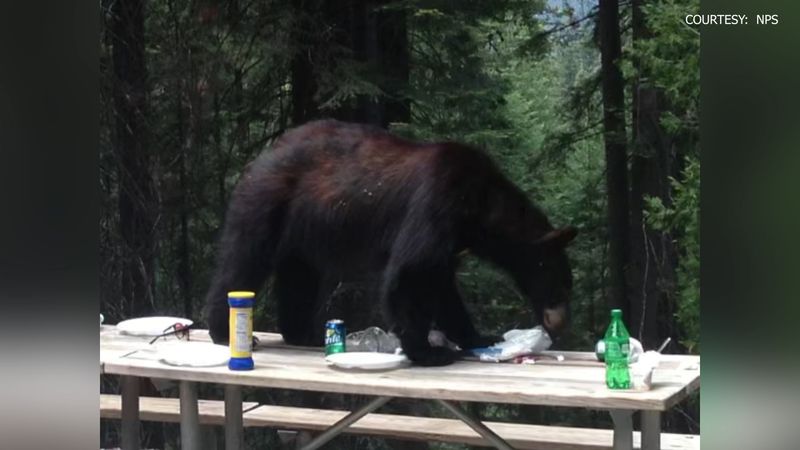
In California, the Sequoia National Forest offers more than just towering trees; it’s also a thriving habitat for black bears. These magnificent animals roam amidst the ancient sequoias, creating an awe-inspiring scene.
Visitors can enjoy the forest’s trails and possibly catch a glimpse of a bear in the shadow of these giants. Fun fact: Black bears in this region have adapted to a variety of foods, including berries and acorns.
If you encounter a bear, give it space and respect its territory. Use bear-proof containers to store food and maintain a clean campsite.
White Mountain National Forest, New Hampshire
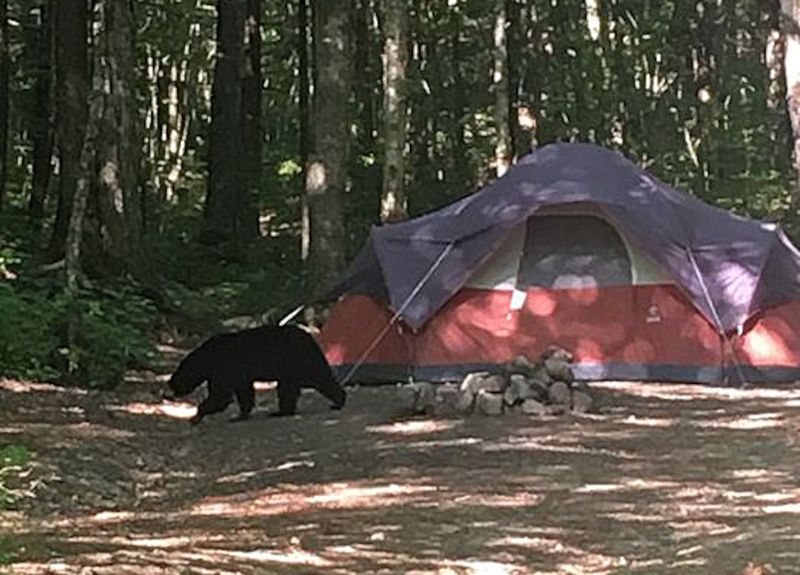
White Mountain National Forest, known for its rugged beauty, is a natural playground for black bears. Here, bears traverse rocky terrains and feast on the abundant foliage.
Autumn paints the forest in vibrant hues, providing a stunning backdrop for wildlife enthusiasts. Did you know? Black bears have an excellent sense of smell, helping them locate food over great distances.
To safely observe these creatures, maintain a respectful distance and never attempt to feed them. Staying informed about bear behavior can enhance your experience and ensure mutual safety.
Mark Twain National Forest, Missouri

Mark Twain National Forest, with its dense woodlands, is a hidden gem for bear enthusiasts. These shy creatures often remain out of sight, adding an element of mystery to your visit.
Exploring the forest’s trails, you may spot bear tracks or other signs of their presence. Fun fact: Bears communicate through body language and vocalizations, an essential part of their social interactions.
In case of a bear encounter, stay calm and stand your ground, using noise to deter any approach. Always secure food and dispose of waste properly to avoid attracting bears.
Olympic National Park, Washington
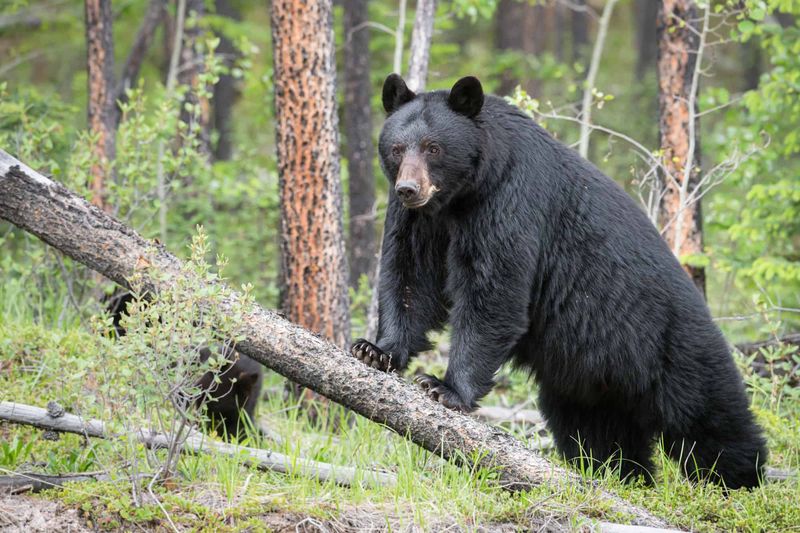
Olympic National Park, with its lush rainforests and rugged coastlines, hosts a vibrant black bear population. These bears thrive in the park’s diverse ecosystems, from temperate rainforests to alpine meadows.
Visitors can enjoy scenic hikes with opportunities to observe bears in their natural habitat. Did you know? Black bears in the Pacific Northwest are often larger due to the abundant food supply.
While hiking, make noise to alert bears of your presence, reducing surprise encounters. Always store food securely and follow park guidelines to ensure both human and bear safety.
Ozark-St. Francis National Forest, Arkansas
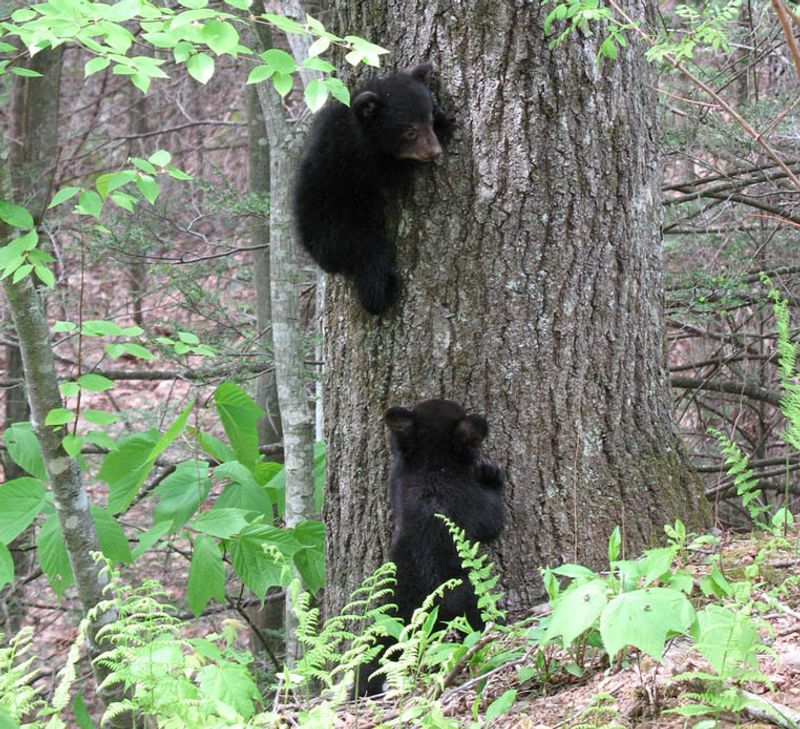
In the heart of Arkansas, Ozark-St. Francis National Forest is a refuge for black bears. These adaptable creatures thrive in the forest’s diverse habitats, from upland hardwoods to pine stands.
Spring brings a burst of wildflowers, enhancing the beauty of your hiking experience. Interesting fact: Black bears play a crucial role in their ecosystem by dispersing seeds through their scat.
If you encounter a bear, stay calm and slowly retreat. Make yourself appear larger and ensure all food items are stored safely to prevent attracting bears to your campsite.
Cherokee National Forest, Tennessee

Cherokee National Forest, adjacent to the Great Smoky Mountains, is a haven for black bears. Here, bears wander along riverbanks and through dense woodlands, offering visitors a glimpse into their world.
Morning mists add an enchanting quality to the forest, enhancing the thrill of wildlife observation. Fun fact: Bears in this forest are adept swimmers, often cooling off in rivers during hot summer days.
If you spot a bear, speak softly and back away slowly, avoiding sudden movements. Proper food storage is vital to prevent attracting these intelligent creatures to human areas.
Shawnee National Forest, Illinois
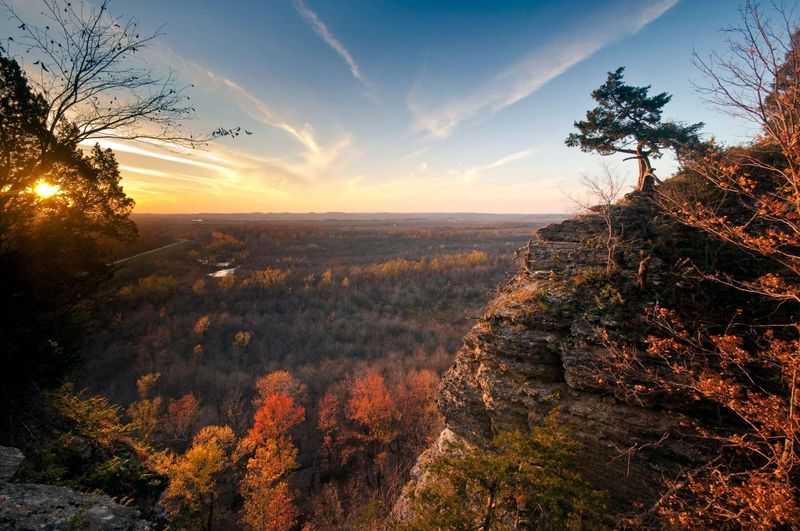
Shawnee National Forest, with its dramatic bluffs and rolling hills, is home to a growing black bear population. The forest’s rich biodiversity supports these omnivorous animals as they roam freely.
Autumn transforms the landscape into a tapestry of colors, a perfect setting for bear watching. Did you know? Black bears have a varied diet, ranging from berries to insects, depending on the season.
When observing bears, maintain a safe distance and never attempt to feed them. Following these guidelines ensures a rewarding experience and helps preserve the bears’ natural behavior.
Allegheny National Forest, Pennsylvania
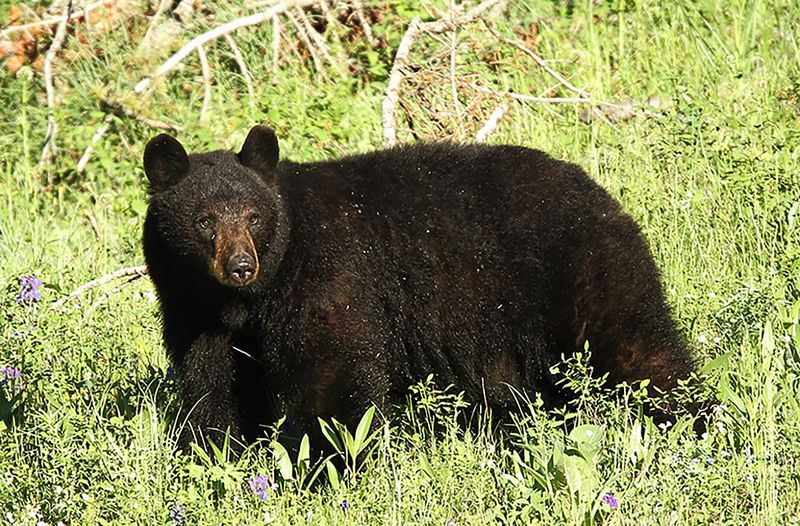
In Pennsylvania, Allegheny National Forest provides a sanctuary for black bears. These reclusive animals thrive in the forest’s dense cover, making it a prime location for bear sightings.
Early morning hikes offer the best chances to observe bears as they forage for food. Fun fact: Black bears are excellent climbers, often scaling trees to escape predators or find food.
If you encounter a bear, remain calm and speak in a steady voice. Slowly increase your distance while ensuring the bear has a clear escape route. Respecting their space is crucial for safety.

